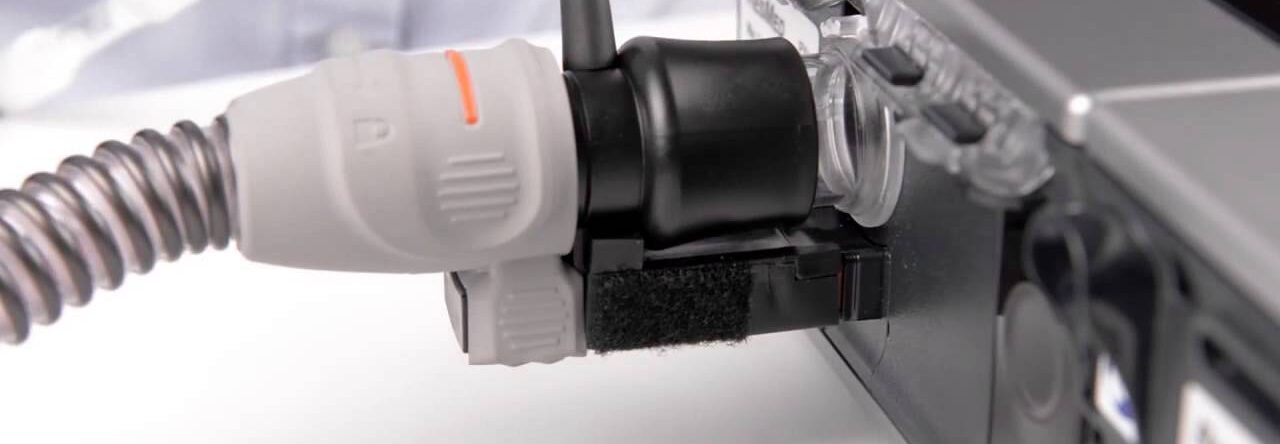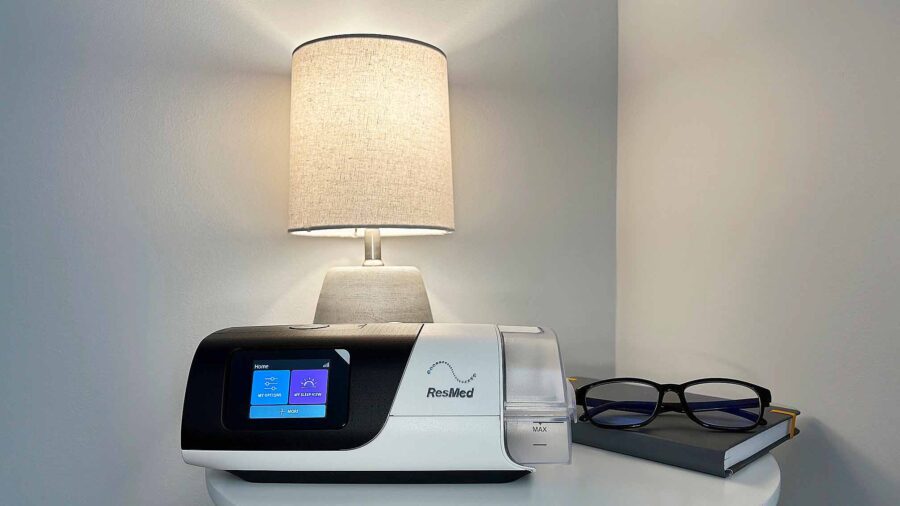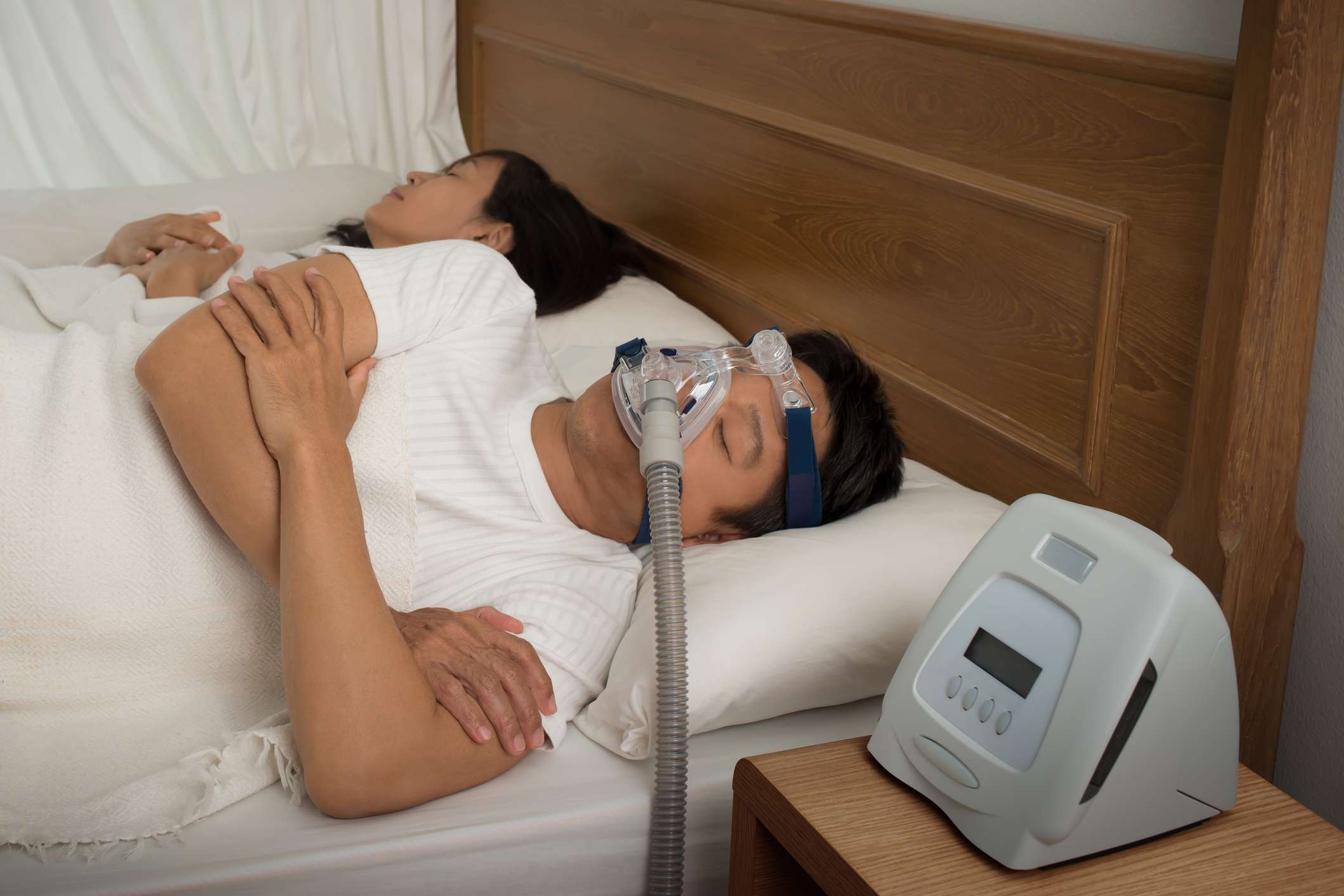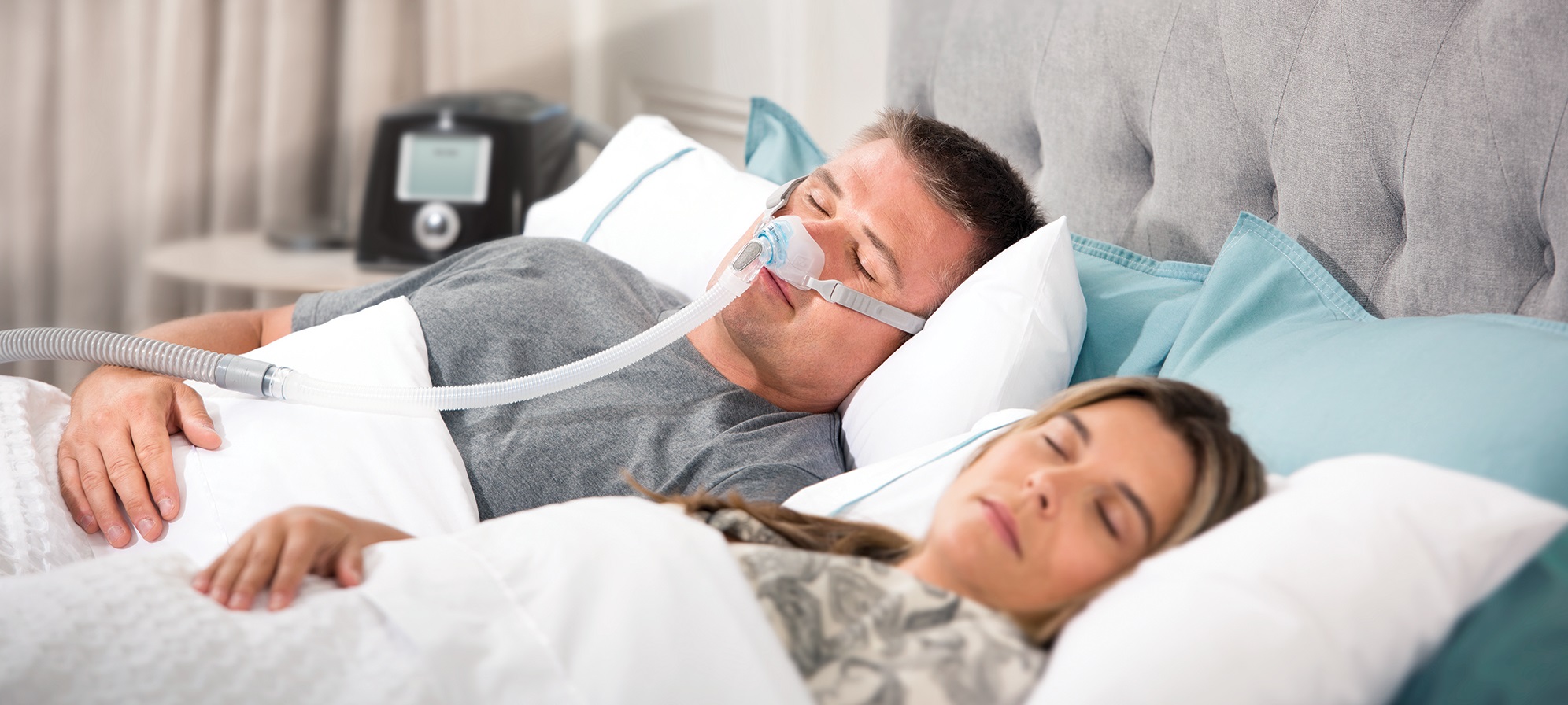Sleep apnea is a sleep disorder that affects millions of people worldwide. It is characterized by pauses in breathing or shallow breaths during sleep, leading to disruptive and poor-quality rest.
In this article, we will explore how the resmed airsense 10 is revolutionizing sleep apnea management, helping individuals achieve better sleep and improved overall health.
Understanding Sleep Apnea
Sleep apnea is a condition that can have serious effects on a person’s health and well-being. It is important to understand the causes and symptoms of sleep apnea to effectively manage the condition.
Sleep apnea can be caused by various factors, including obesity, a narrow airway, or a family history of the condition. Obesity, in particular, can contribute to the development of sleep apnea as excess weight can lead to the narrowing of the airway, making it more difficult for air to flow freely during sleep. Additionally, a narrow airway can be a result of genetics or structural abnormalities in the throat or jaw. Understanding the underlying causes of sleep apnea is crucial in determining the most appropriate treatment options.Click here expert guide to operating and adjusting your resmed airsense 10.
Common symptoms of sleep apnea include loud snoring, daytime fatigue, and morning headaches. The loud snoring is caused by the partial blockage of the airway, resulting in vibrations as air passes through. This can be disruptive not only to the person with sleep apnea but also to their sleep partner. The daytime fatigue experienced by individuals with sleep apnea is due to the interrupted sleep patterns caused by frequent pauses in breathing throughout the night. These pauses, known as apneas, can last for several seconds and can occur multiple times per hour. The lack of restful sleep can leave individuals feeling tired, irritable, and unable to concentrate during the day. Morning headaches are another common symptom of sleep apnea and can be attributed to the decrease in oxygen levels during sleep.
The Impact of Sleep Apnea on Health and Lifestyle
Untreated sleep apnea can lead to a range of health issues, making it crucial to seek appropriate treatment. One of the most significant health risks associated with sleep apnea is high blood pressure. The repeated interruptions in breathing during sleep can cause a spike in blood pressure, putting strain on the cardiovascular system. Over time, this can increase the risk of developing heart disease and stroke.
Furthermore, sleep apnea can have a detrimental impact on cognitive function, memory, and concentration. The fragmented sleep caused by the frequent pauses in breathing can result in daytime sleepiness, difficulty focusing, and impaired memory. This can affect a person’s ability to perform daily tasks, work efficiently, and even operate machinery safely.
Aside from the physical and cognitive effects, sleep apnea can also take a toll on personal relationships. The disruptive and noisy nature of the condition can disturb the sleep of both the individual with sleep apnea and their sleep partner. This can lead to feelings of frustration, resentment, and exhaustion, which can strain the relationship. Seeking treatment for sleep apnea not only improves the health and well-being of the individual but can also help restore harmony in personal relationships.
Introduction to ResMed AirSense 10
The ResMed AirSense 10 is a cutting-edge sleep apnea device specifically designed to enhance sleep quality and promote better breathing during the night. Its advanced features and user-friendly design make it a popular choice among sleep apnea sufferers.
Sleep apnea is a common sleep disorder characterized by pauses in breathing or shallow breaths during sleep. These interruptions can occur multiple times throughout the night, leading to poor sleep quality and daytime fatigue. The ResMed AirSense 10 aims to address these issues by providing a reliable and effective solution for managing sleep apnea.
With its sleek and modern design, the ResMed AirSense 10 not only improves sleep quality but also offers convenience and comfort for users. Its compact size and intuitive interface make it easy to use and transport, allowing users to maintain their sleep apnea treatment even while traveling.
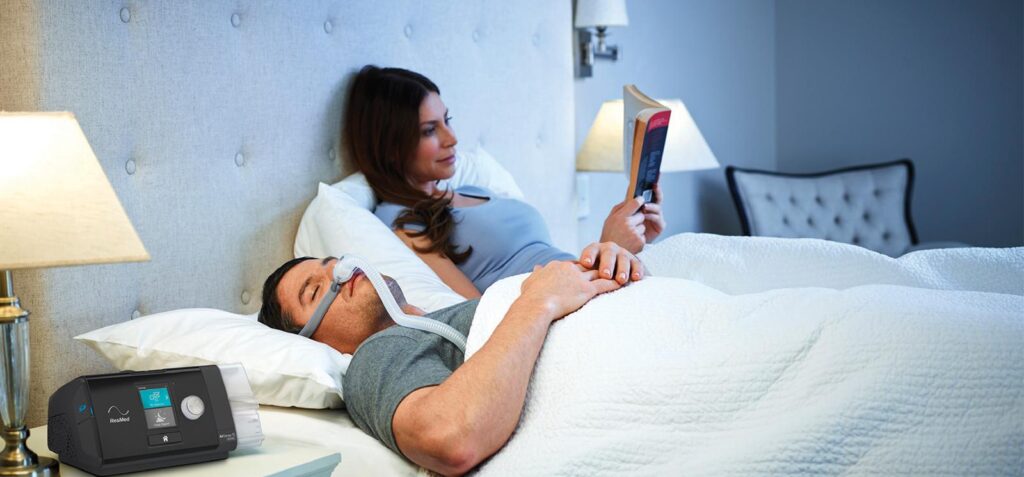
Key Features of ResMed AirSense 10
The ResMed AirSense 10 comes packed with features that help users manage their sleep apnea effectively. These include adjustable pressure settings, a built-in humidifier, and integrated cellular connectivity for seamless data tracking and reporting.
One of the standout features of the ResMed AirSense 10 is its adjustable pressure settings. Sleep apnea varies in severity from person to person, and the ability to customize the pressure level ensures that each user receives the optimal treatment for their specific needs. This personalized approach enhances comfort and compliance, making it easier for users to adhere to their treatment plan.
In addition to adjustable pressure settings, the ResMed AirSense 10 also incorporates a built-in humidifier. This feature adds moisture to the air delivered through the mask, preventing dryness and irritation of the nasal passages and throat. The humidifier can be adjusted to suit individual preferences, providing a more comfortable and soothing sleep experience.
Furthermore, the ResMed AirSense 10 boasts integrated cellular connectivity, allowing users to effortlessly track and monitor their sleep apnea treatment. The device automatically syncs with a mobile app or online platform, providing real-time data on sleep patterns, usage, and therapy progress. This connectivity feature enables healthcare professionals to remotely monitor their patients’ sleep apnea management, ensuring continuous support and personalized care.
How ResMed AirSense 10 Works
The ResMed AirSense 10 utilizes a continuous positive airway pressure (CPAP) system to keep the airway open during sleep. It delivers a gentle flow of pressurized air through a mask, effectively preventing the collapse of the throat and improving breathing patterns.
When the user wears the mask and turns on the ResMed AirSense 10, the device begins to deliver a constant stream of pressurized air. This air acts as a splint, keeping the airway open and preventing any obstructions that may occur during sleep. By maintaining a steady flow of air, the ResMed AirSense 10 ensures that the user’s breathing remains regular and uninterrupted throughout the night.
The ResMed AirSense 10 also features advanced algorithms that monitor the user’s breathing patterns and adjust the pressure levels accordingly. This intelligent technology ensures that the user receives the optimal amount of air pressure required to keep the airway open, reducing the occurrence of apnea events and improving overall sleep quality.
Additionally, the ResMed AirSense 10’s mask detection feature further enhances its functionality. It can detect whether the user is wearing the mask correctly and provides alerts if any adjustments are needed. This feature helps users maintain the proper fit and seal of the mask, maximizing the effectiveness of the therapy.
In conclusion, the ResMed AirSense 10 is a state-of-the-art sleep apnea device that offers a range of features to enhance sleep quality and promote better breathing. Its adjustable pressure settings, built-in humidifier, and integrated cellular connectivity make it a versatile and user-friendly solution for managing sleep apnea. With its advanced technology and comfortable design, the ResMed AirSense 10 provides users with a reliable and effective treatment option, improving their overall well-being and quality of life.
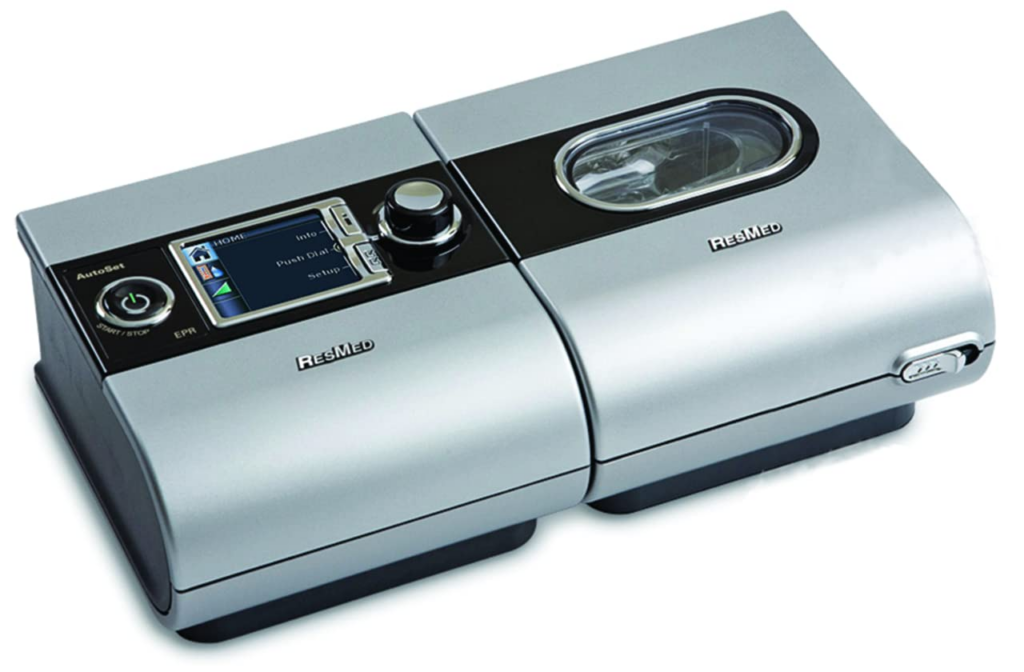
The Role of ResMed AirSense 10 in Sleep Apnea Management
The ResMed AirSense 10 plays a crucial role in managing sleep apnea by ensuring comfort, convenience, and accurate monitoring of the condition.
Sleep apnea is a common sleep disorder that affects millions of people worldwide. It is characterized by pauses in breathing or shallow breaths during sleep, leading to disrupted sleep patterns and daytime fatigue. The ResMed AirSense 10 is a state-of-the-art device specifically designed to address the challenges faced by individuals with sleep apnea.
Comfort and Convenience with ResMed AirSense 10
One of the standout features of the ResMed AirSense 10 is its focus on maximizing user comfort. The device is designed to be whisper-quiet, creating a peaceful sleeping environment. This is particularly important for individuals with sleep apnea, as any noise disruptions can further interrupt their already fragmented sleep.
Moreover, the AirSense 10’s advanced mask technology reduces discomfort and minimizes air leaks, allowing users to wear it throughout the night without disruption. The mask is designed to fit securely and comfortably, ensuring a snug yet gentle seal. This not only enhances user comfort but also optimizes the effectiveness of the therapy by delivering the prescribed air pressure consistently.
Furthermore, the AirSense 10 incorporates a user-friendly interface that allows individuals to easily navigate and customize their therapy settings. The device features a bright and intuitive display, making it effortless to adjust settings such as humidity levels, ramp time, and mask fit. This level of convenience empowers users to personalize their therapy experience and find the optimal settings for their unique needs.
Monitoring and Data Tracking with ResMed AirSense 10
The ResMed AirSense 10 takes sleep apnea management to the next level with its integrated data tracking capabilities. It records detailed information about sleep patterns, mask fit, and therapy compliance, giving users and healthcare professionals valuable insights into the effectiveness of treatment.
By monitoring sleep patterns, the AirSense 10 can identify the frequency and duration of breathing interruptions, providing a comprehensive overview of the severity of sleep apnea. This data can be used to adjust therapy settings and evaluate the progress of treatment over time.
In addition, the AirSense 10 tracks mask fit, ensuring that the mask is properly secured and delivering the intended therapy pressure. This feature is particularly useful as an ill-fitting mask can lead to air leaks, reducing the effectiveness of the therapy. With the AirSense 10’s monitoring capabilities, users can easily identify and address any issues with mask fit, optimizing their therapy experience.
Furthermore, therapy compliance is a crucial aspect of sleep apnea management. The AirSense 10 tracks the duration and consistency of therapy usage, providing users with valuable feedback on their adherence to treatment. This data can be shared with healthcare professionals, allowing them to monitor progress and make informed adjustments to the therapy plan if necessary.
In conclusion, the ResMed AirSense 10 is a game-changer in sleep apnea management. Its focus on comfort, convenience, and accurate monitoring sets it apart from other devices in the market. By providing a peaceful sleeping environment, optimizing mask fit, and offering comprehensive data tracking, the AirSense 10 empowers individuals with sleep apnea to take control of their condition and achieve better sleep quality and overall well-being.
Comparing ResMed AirSense 10 with Other Sleep Apnea Devices
When considering a sleep apnea device, it is important to weigh the advantages and considerations of each option. The ResMed AirSense 10 outshines other devices in several key areas.
Advantages of ResMed AirSense 10
- The AirSense 10’s superior comfort features make it an ideal choice for long-term use.
- Its advanced data tracking capabilities provide accurate and actionable insights for effective therapy management.
- Integration with ResMed’s cloud-based platform allows seamless data sharing with healthcare providers, enhancing communication and treatment optimization.
Considerations When Choosing a Sleep Apnea Device
- Individual needs and preferences should be taken into account when selecting a sleep apnea device.
- Consultation with a healthcare professional is essential to determine the most suitable option.
- Cost, insurance coverage, and warranty should also be considerations when making a decision.
Frequently Asked Questions About ResMed AirSense 10
Here are some common questions regarding the ResMed AirSense 10 and its usage.
Maintenance and Troubleshooting for ResMed AirSense 10
Proper maintenance is vital to ensure optimal performance and longevity of the ResMed AirSense 10. Regularly cleaning the device, replacing filters, and following manufacturer guidelines will help prevent issues and keep it functioning smoothly. In case of troubleshooting needs, contacting customer support or referring to the user manual are recommended steps.
How to Get the Most Out of Your ResMed AirSense 10
To maximize the benefits of the ResMed AirSense 10, it is important to use it consistently and follow recommended therapy guidelines. Establishing a regular sleep schedule, maintaining good sleep hygiene, and ensuring proper mask fit can contribute to optimal treatment outcomes.In conclusion, the ResMed AirSense 10 is a game-changer in sleep apnea management. Its innovative features, comfort-focused design, and advanced data tracking capabilities make it an exceptional choice for individuals seeking effective treatment for sleep apnea. By improving sleep quality and ensuring better breathing patterns, the AirSense 10 enhances overall health and well-being, helping users achieve a better quality of life.

